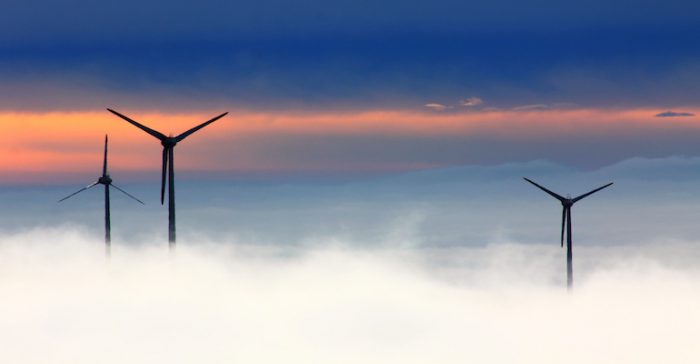Elana Cole, ERS, for Zondits
On September 14, 2017, 19.8% of European electricity demand was met by wind power. A new record was later reported that day, setting the mark for the largest amount of offshore wind energy generated across the continent. Over the course of one day, onshore wind consistently produced 1,360 GWh of electricity and offshore wind produced 251 GWh of electric. The combined output of wind and solar was above that of coal and gas combined.
There are currently over 341,000 wind turbines on the planet, and in Europe 90% of newly installed energy sources are renewable, with no signs of slowing down. Denmark is the leading country with 83% (74 GWh) of its energy production coming from wind power. Following Denmark are Ireland at 54% (51GWh), Germany at 42% (576 GWh), and Portugal at 29% (39GWh). Even while the entire continent is advancing on utilizing this resource, China produces the most wind energy of any country. According to the Global Wind Energy Council (GWEC), these wind turbines have saved more than 637 million tons of CO2 emissions.
All across the globe, wind power is making a difference. Wind turbines are not only saving millions of tons of CO2 emissions but are also creating jobs. In the European Union, GWEC says that 520,000 people are expected to be working in the wind industry by 2020. Also by 2020, the Chicago-based global professional services consulting firm Navigant predicts that approximately 33,000 Americans will be employed by wind manufacturing facilities, with about 114,000 citizens manufacturing, running, and maintaining wind turbines. An additional 100,000-plus US workers, they believe, will hold jobs that support the wind-energy industry.
[bctt tweet=”There are currently over 341,000 wind turbines on the planet.” username=”ZonditsEE”]
